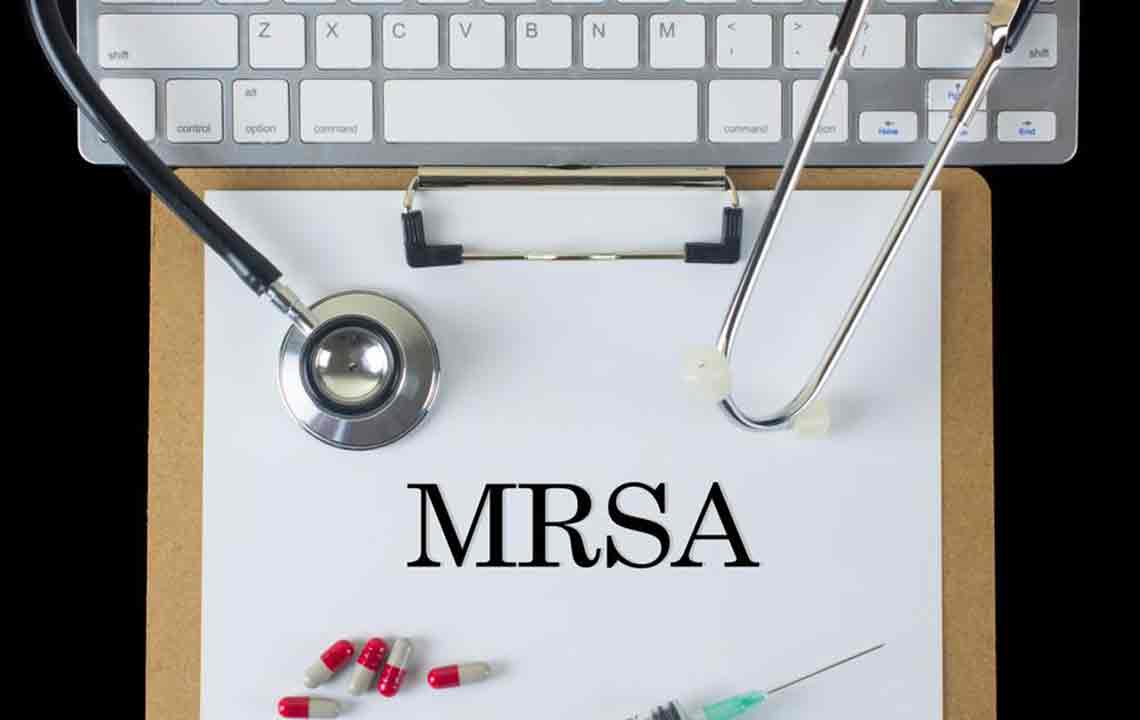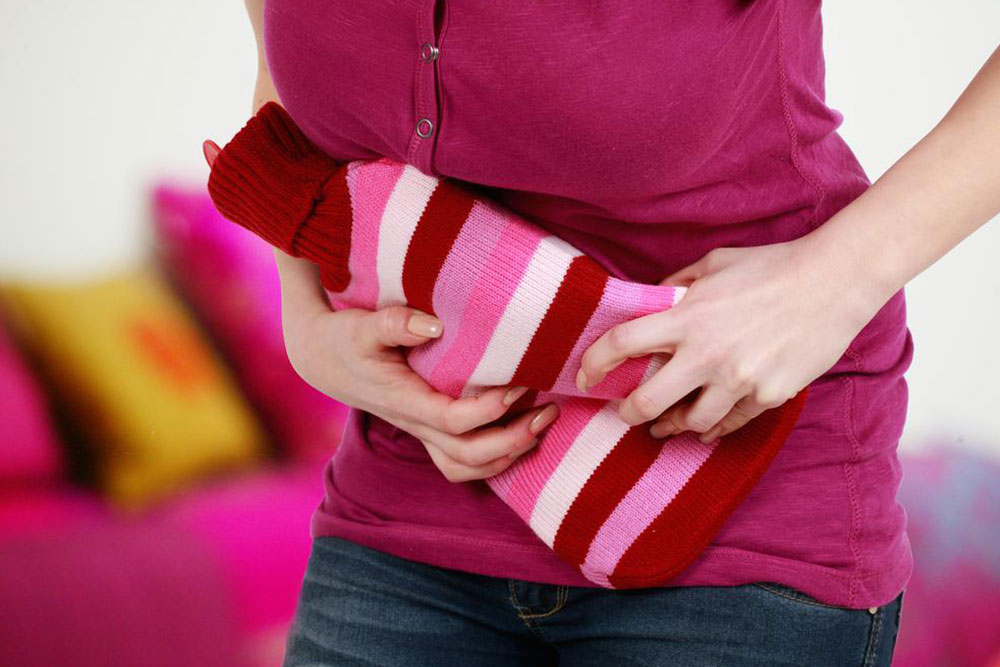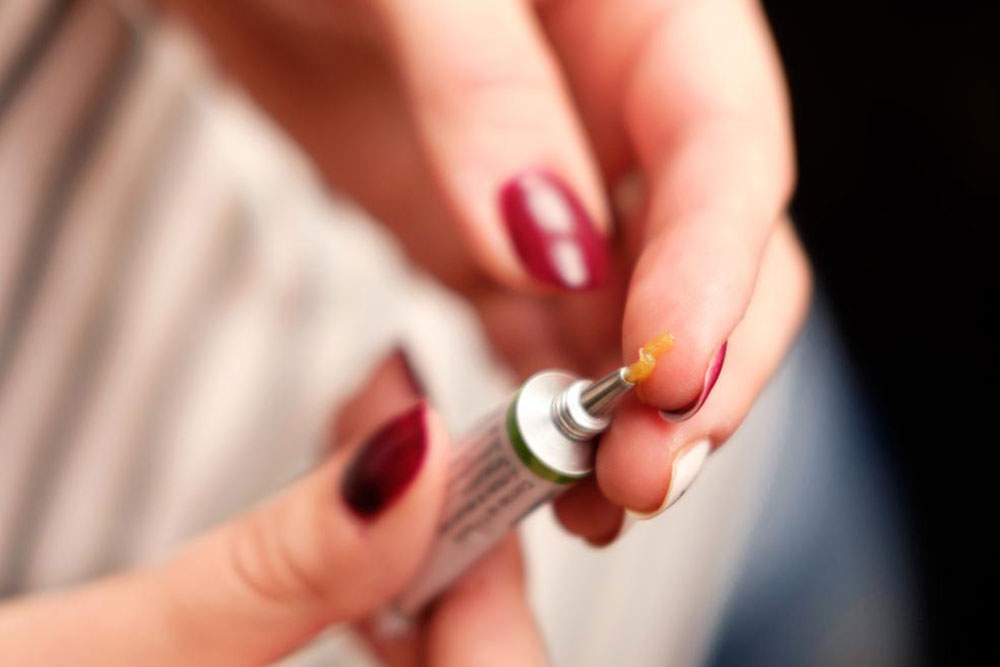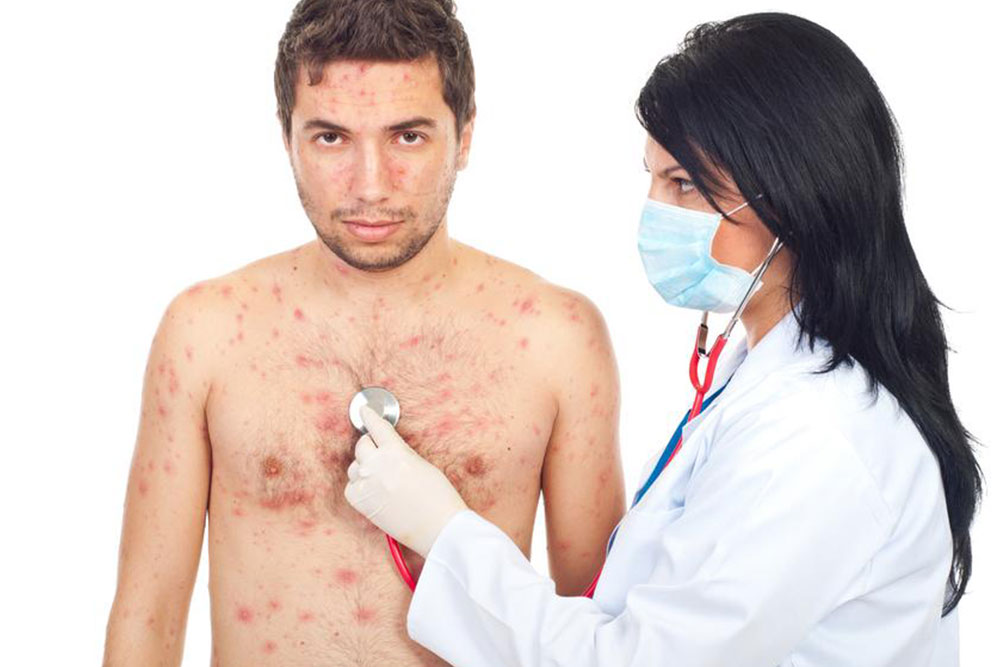Effective Strategies for Managing MRSA Infections
Learn effective methods to treat MRSA infections, including early diagnosis, proper medication, and home care tips. Recognize symptoms and understand how hygiene practices can prevent the spread. This guide emphasizes comprehensive treatment and preventive measures for a quick recovery and reduced transmission risk.
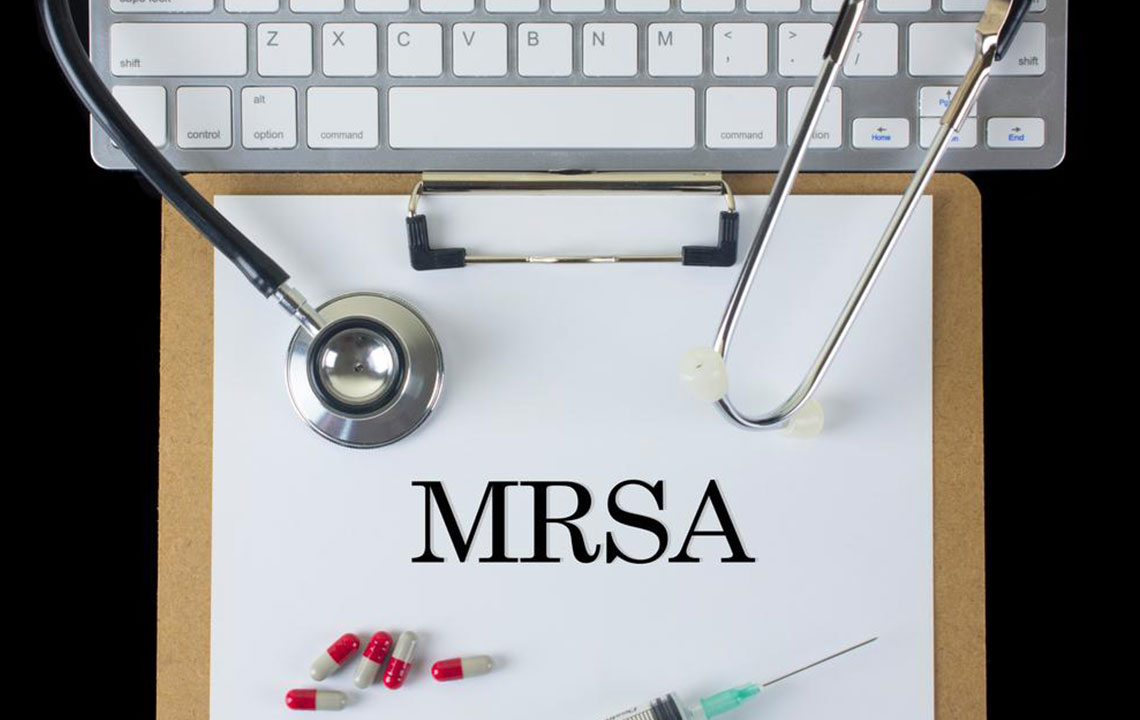
Managing MRSA Infections: Approaches and Precautions
MRSA, short for methicillin-resistant Staphylococcus aureus, is a bacterial infection that resists standard antibiotics. While it resembles common staph infections, curing MRSA requires specialized treatment due to its resistance. Often labeled a superbug, MRSA is challenging to eliminate without medications like amoxicillin or penicillin. Though classified as a rare disease, MRSA's prevalence is rising, notably among children who are more likely to share toys and sit close to peers, increasing infection risk.
Understanding MRSA's causes is vital before treatment. It spreads via poor hygiene and close contact, making children especially vulnerable through play or shared objects. Adults can also contract the bacterium, especially in hospital settings like dialysis or surgery. Those with artificial joints or open wounds are at higher risk. Consequently, recognizing symptoms and seeking early diagnosis are essential for effective treatment.
Common MRSA symptoms include painful, swollen bumps resembling spider bites, warmth upon touch, fever, pus discharge, and hard lumps in affected areas. In children, infections often occur at damaged skin sites. Ignoring early signs can lead to deep tissue invasion and more severe health issues, even life-threatening conditions.
Treating MRSA requires careful medical intervention. Doctors may prescribe oral antibiotics alongside topical agents to prevent the bacteria from spreading through the bloodstream, potentially causing pneumonia. Patients must complete the prescribed course fully, avoiding premature discontinuation, which can worsen infections. Proper treatment not only targets symptoms but also eradicates bacteria from deep tissues. Family members may receive preventive medications to avoid transmission, especially in households with children.
Home Care Essentials
While medication plays a crucial role, home care significantly impacts recovery. Infected individuals should limit movement to prevent spreading bacteria, practice good hygiene, and keep nails short. Clothing, bedding, and personal items should be washed separately in hot water regularly. Bedding should be changed twice weekly and dried under sunlight to eliminate germs. During bathing, use antibacterial soaps like chlorhexidine, avoiding fragranced products. Applying antibiotic ointments to cuts and covering them with sterile bandages help prevent further infection. Consistent hygienic practices are key to managing and recovering from MRSA.

